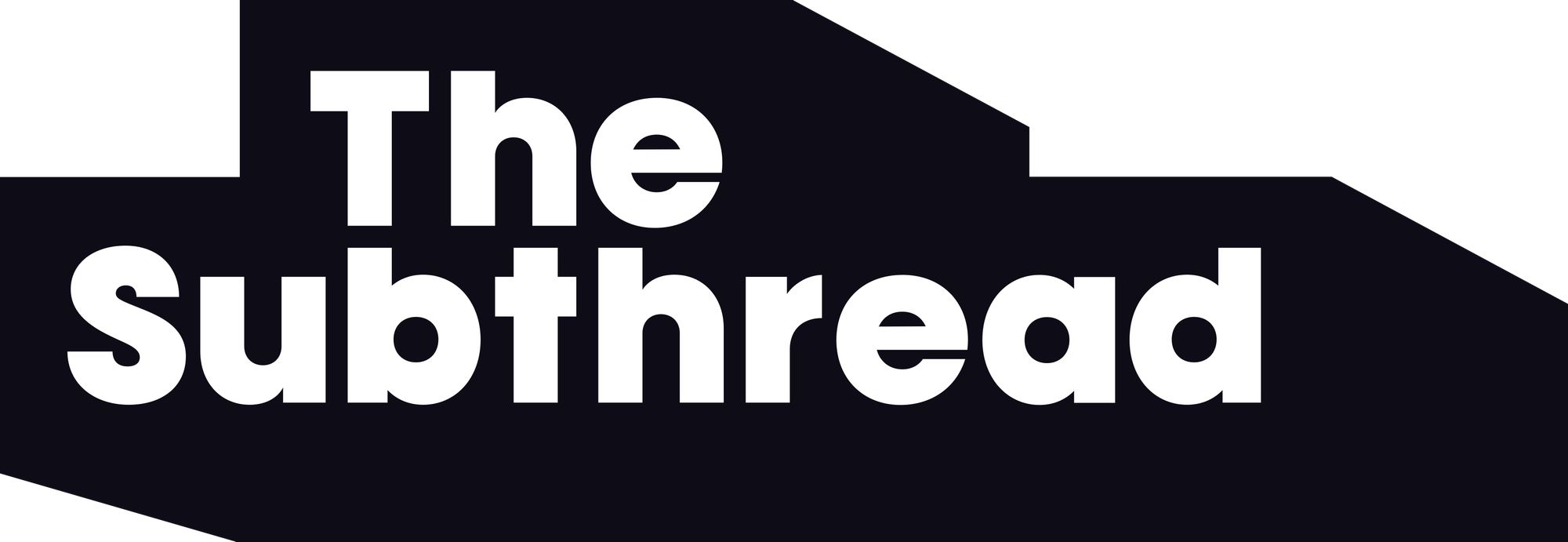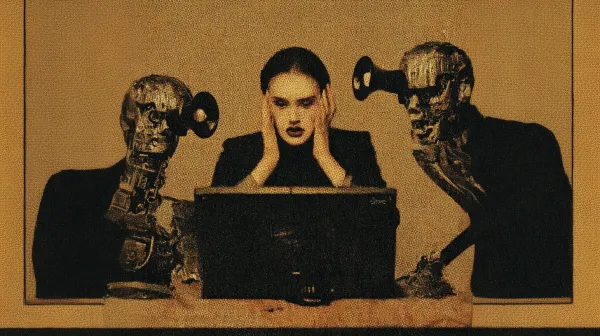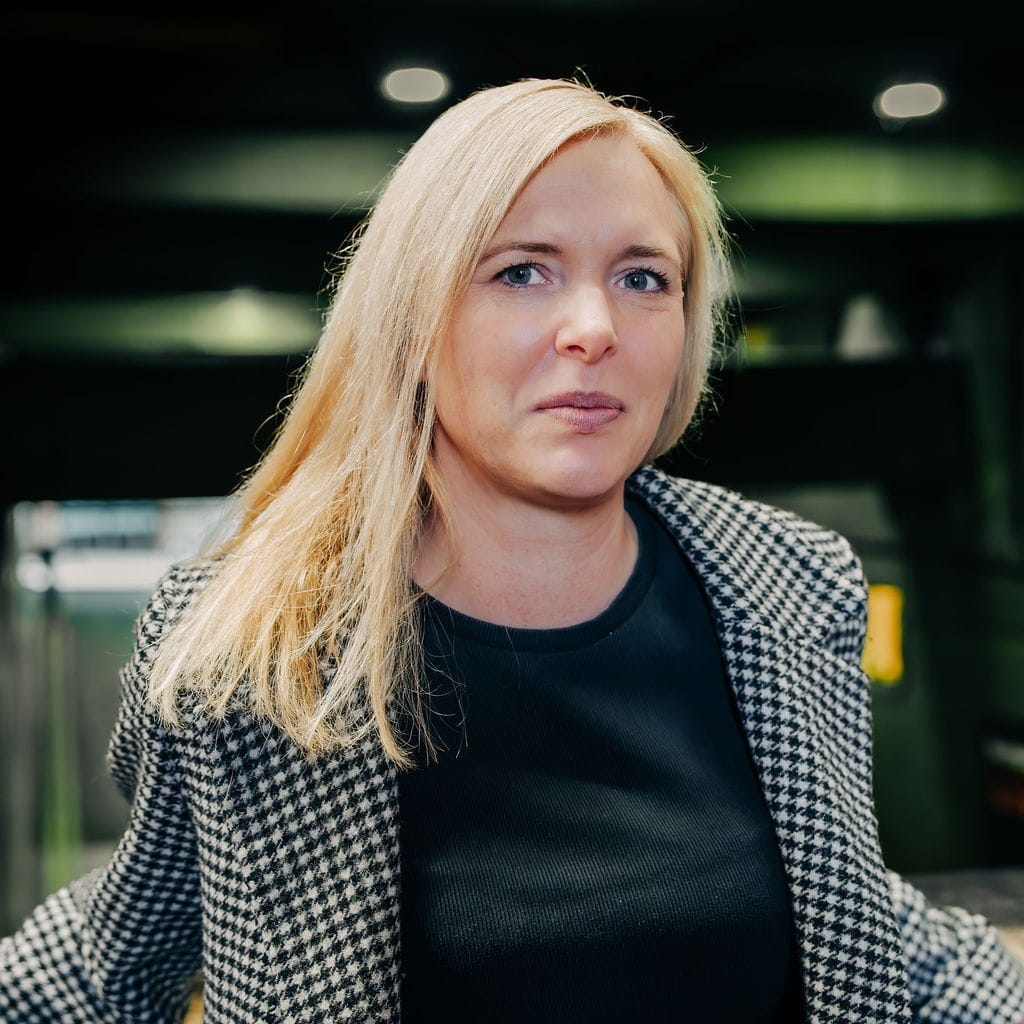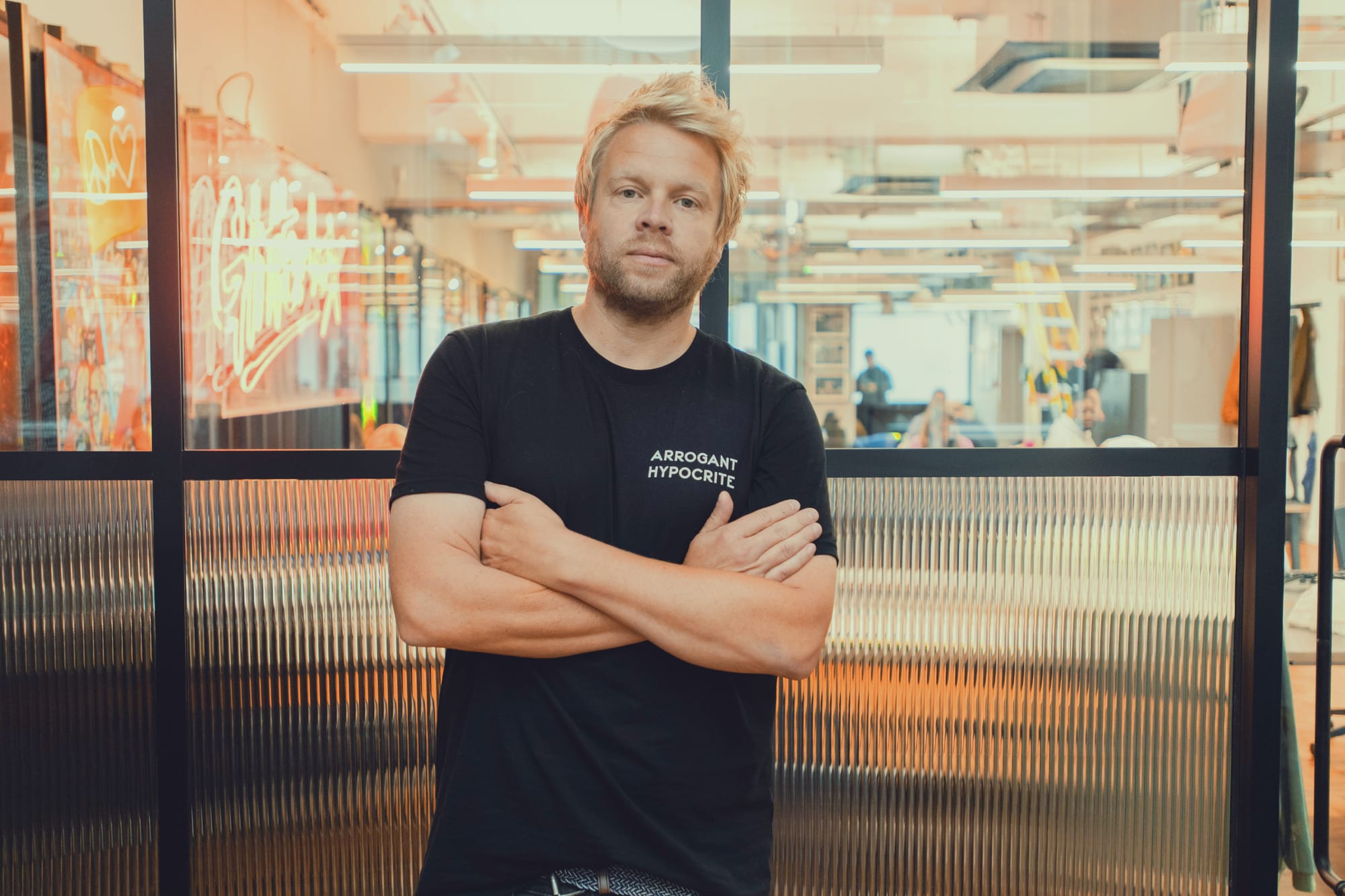On average a CMO gets around five to 20 martech and AI solutions pitched every day, depending on company size. And at enterprise scale, the level Unilever finds itself at for example, this is often more, running into the 30s. Add in existing partner proposals and the “self‑discovery” every curious marketer does on their own, and the signal‑to‑noise ratio gets really really overwhelming.
This too is a problem for Unilever’s associate director of digital capabilities, Rachelle Schuimer, who spends her weeks swimming in vendor pitches. So how does she separate a shiny capability from a real solution? And how does any marketer scale content without sacrificing creative quality or overwhelming teams?
Start with the right lens
For Rachelle, who recently spoke to Celtra’s Vanja Brzin about this problem in a live session titled Behind Unilever’s AI-powered creative transformation, the first move is distinguishing “what’s available” from “what we need.” That means asking four questions up front:
- Strategic fit: Does this address a genuine pain point?
- Scalability: Can it work across brands, categories, and markets?
- Impact: Will it make marketers’ lives meaningfully easier?
- Time horizon: Does it solve a short‑term churn issue or align to a longer‑term bet on where marketing is going?
